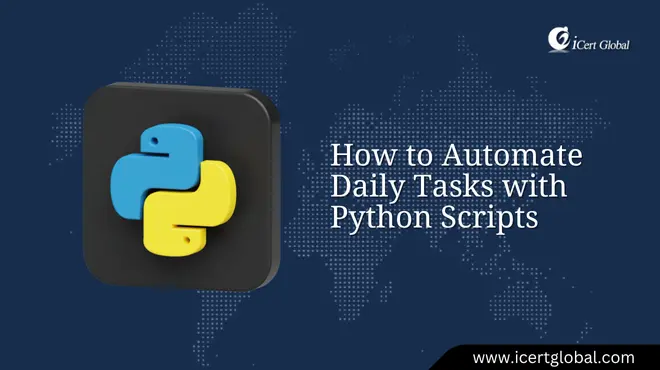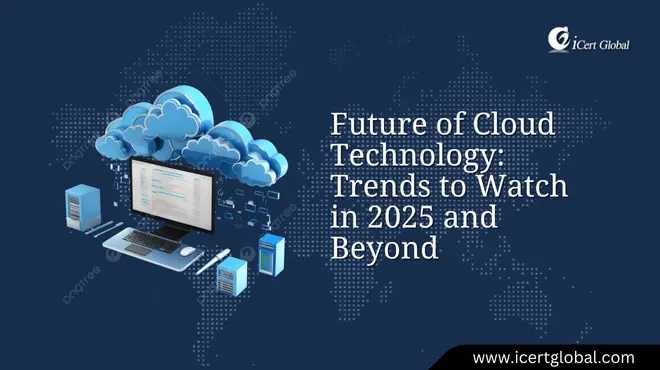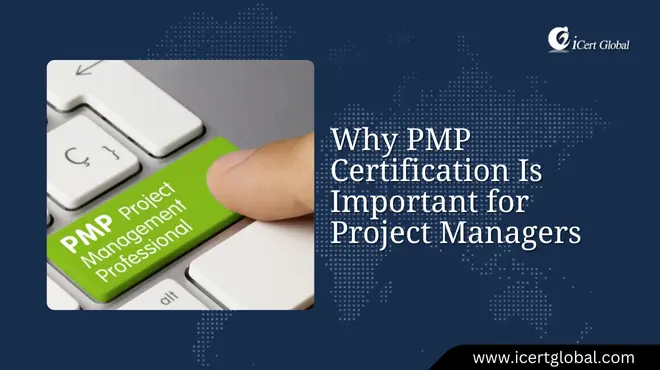Latest Articles
Why Quality Assurance Matters in Software Development
Quality 4.0 reinforces why Quality Assurance matters in software development, helping teams build high-performance appli...
What Is Google Ads? A Beginner’s Guide to Online Advertising
Learning what Google Ads is can be the first step for any business looking to get found fast and reach customers with pr...
How to Automate Daily Tasks with Python Scripts
Python is often recommended as the first language for new coders, especially because its simplicity makes it easy to sta...
Future of Cloud Technology: Trends to Watch in 2025 and Beyond
As cloud computing silently powers everything from apps to global enterprises, the emerging trends for 2025 and beyond r...
Best Roadmap to Learn Java from Beginner to Advanced
The journey to becoming a skilled Java developer begins with strong fundamentals and a comprehensive roadmap that guides...
How to Build a Strong Network Security Policy
Combining a deep understanding of network security with a well-crafted policy ensures long-term protection and resilienc...
How E-Commerce Companies Use Big Data to Increase Sales
From heat maps to interactive dashboards, various types of data visualization help e-commerce businesses understand cust...
How to Start Meta Ads Freelancing With No Experience
Learning SMM fundamentals can be a game-changer for anyone starting Meta Ads freelancing, as it helps create campaigns t...
How Automation Is Transforming Quality Assurance Practices
In the era of Quality 4.0, automation is no longer just an efficiency booster—it’s a strategic enabler that ...
Role of Digital Marketing in Brand Awareness
As Digital Marketing Explained shows, leveraging digital platforms effectively strengthens the Role of Digital Marketing...
Challenges of Big Data and How Organizations Solve Them
Incorporating multiple types of data visualization allows companies to solve Big Data challenges more effectively, bridg...
Why PMP Certification Is Important for Project Managers
Many of the highest paying jobs in the world recognize the value of PMP certification, as it reflects a project manager&...
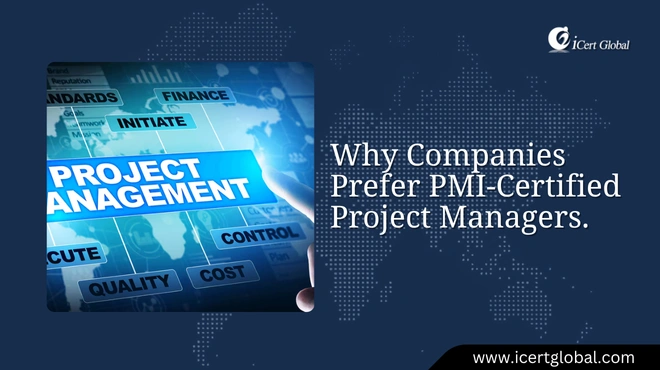

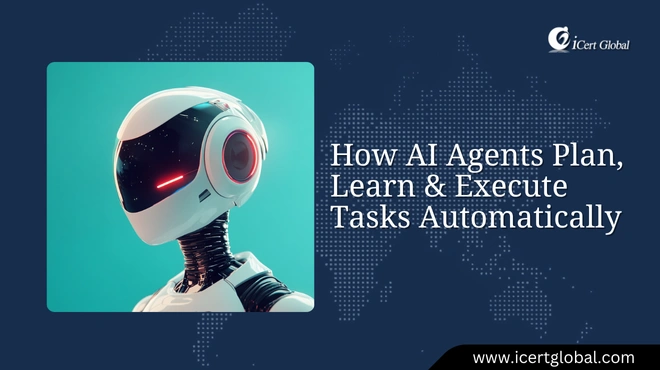
.jpg)




